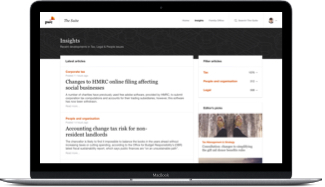New rules have introduced the requirement for certain large entities to publish their UK tax strategy. This article highlights the need for pension funds and trustees to be aware aware of the potential impact such new rules may have on their tax governance and their potential tax strategy obligations.
This is relevant to UK defined benefit pension schemes as:
In overview, the requirements apply to UK businesses with a turnover of over £200m or balance sheet assets of over £2bn. As pension schemes recognise the assets they hold in their financial statements (compared to other asset managers where the funds are often not consolidated), we typically find that there is a risk that they meet the balance sheet test (although all the tests are relevant) and trigger tax strategy publication requirements that they may not be aware of.
Where schemes are not caught by the rules themselves, attention should be given to the underlying structures that they control. For example, many schemes: hold their investments as Common Investment Funds and there is a risk that these are classified as partnerships and may fall within the rules. Other schemes invest via partnerships and corporate holding vehicles, that could (if they have more than 2bn of AUM) be caught by the rules. The application of the rules can be complex and should be considered on a case-by-case basis. Some schemes are thinking of establishing a strategy at the scheme level that will be applied to underlying investments.
The deadline for publication is before the end of the first period beginning after 15 September 2016 - for a company or group with a 31 December year end the tax strategy needs to be published by 31 December 2017.

